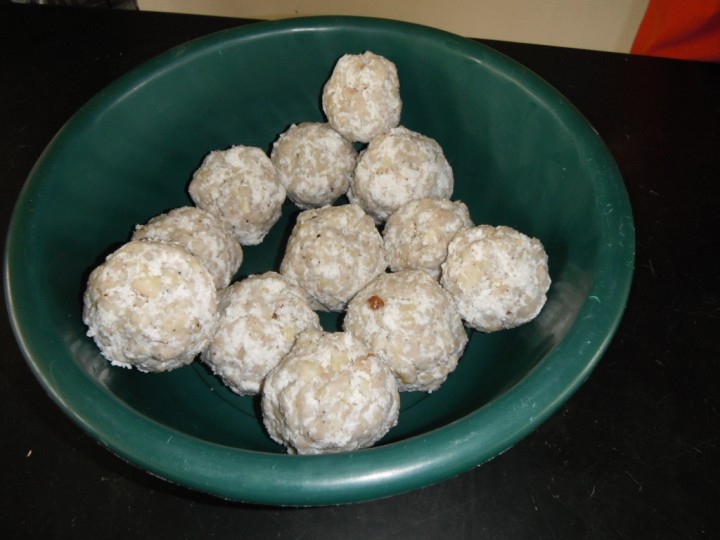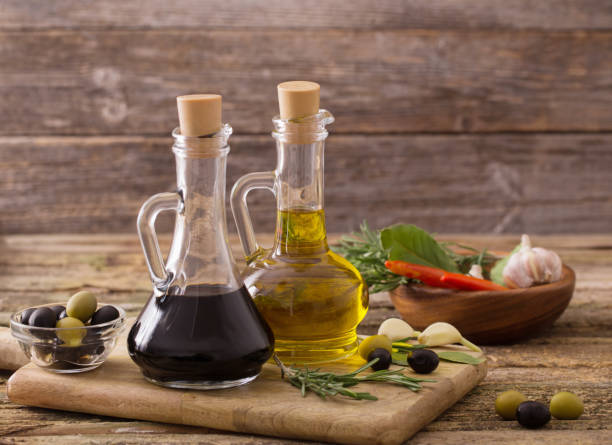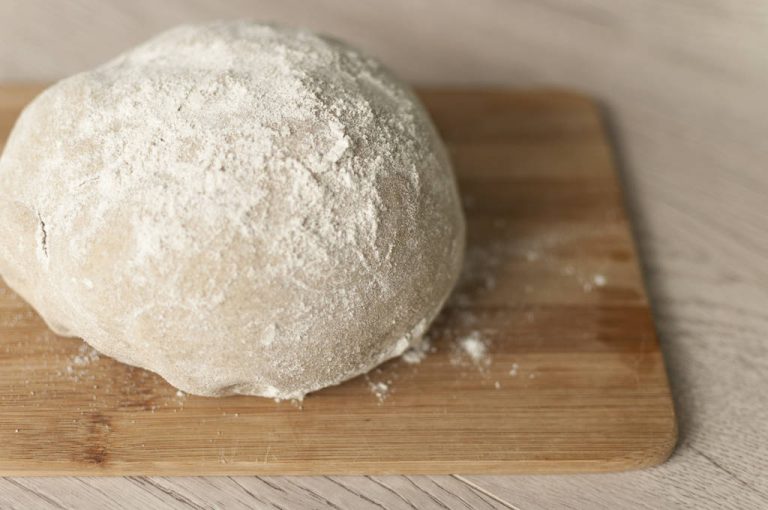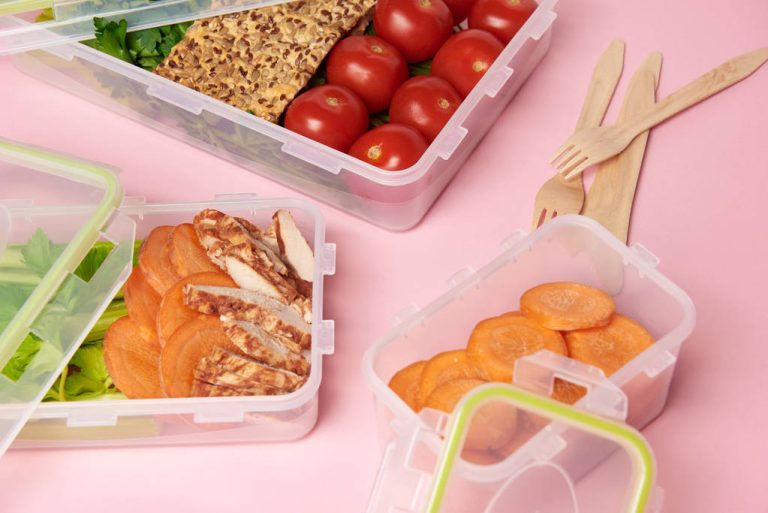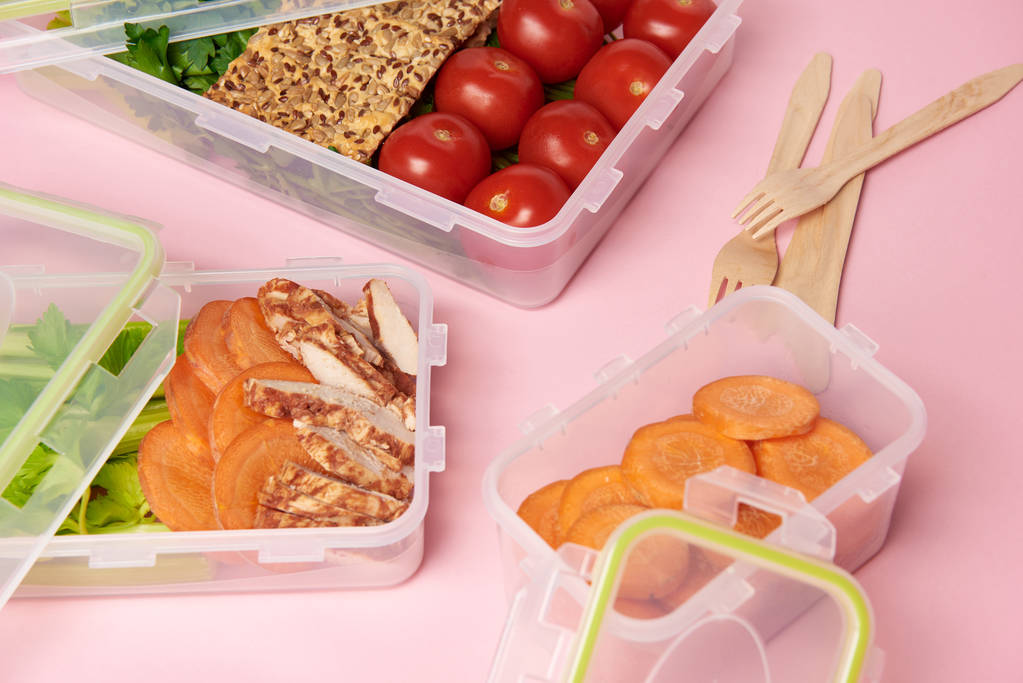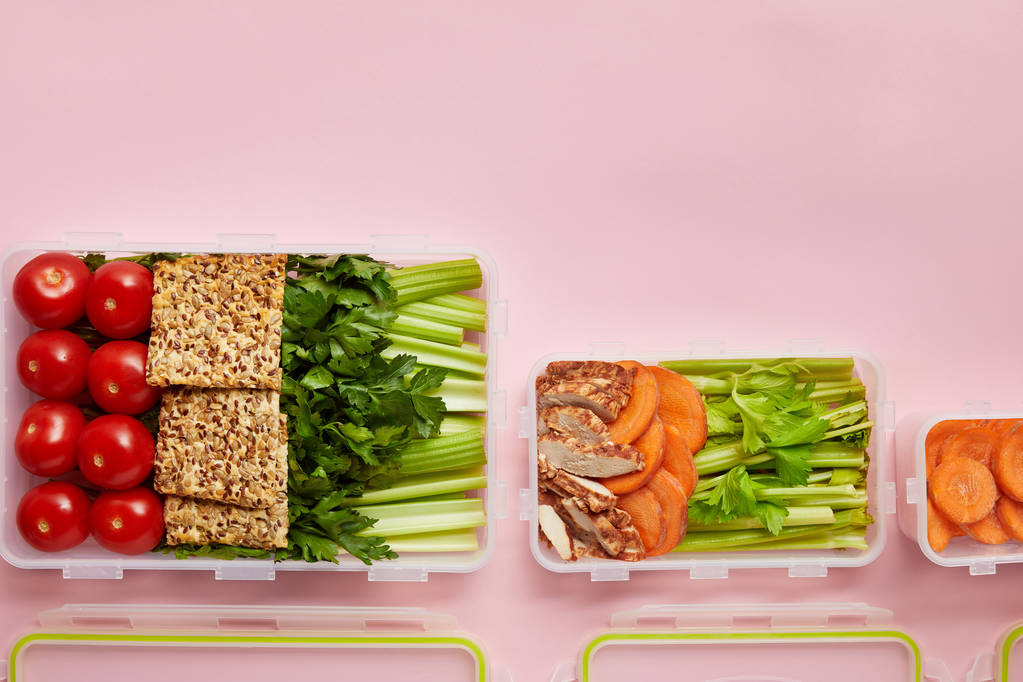Introduction: Exploring Local Snacks and Street Food Delicacies
Traveling to a new place is an opportunity to explore the local culture and traditions. One of the best ways to do this is through the local cuisine. And when it comes to local cuisine, nothing beats trying out the local snacks and street food delicacies. These food items are often unique to the region and offer a glimpse into the local way of life.
Understanding the Significance of Local Snacks and Street Food Delicacies
Local snacks and street food delicacies are an integral part of the culture and traditions of a place. They are often homemade recipes that have been passed down through generations. These food items are not only delicious but also hold a significant cultural and historical value. Trying out these local delicacies is a way of embracing the local culture and supporting the local economy.
Top Local Snacks and Street Food Delicacies to Try
Some of the top local snacks and street food delicacies that tourists should try include:
- Pani Puri: A popular street food in India, Pani Puri is a crispy deep-fried dough ball filled with spiced mashed potatoes, chickpeas, and tamarind water.
- Burek: A staple in Balkan cuisine, Burek is a savory pie made with phyllo dough and filled with meat, cheese, or vegetables.
- Tacos al Pastor: A Mexican dish, Tacos al Pastor is made with marinated pork cooked on a vertical spit and served with onions, cilantro, and pineapple.
- Banh Mi: A Vietnamese sandwich, Banh Mi is made with a crusty baguette filled with pickled vegetables, cilantro, chili peppers, and meat.
Factors to Consider When Trying Local Snacks and Street Food Delicacies
When trying out local snacks and street food delicacies, there are a few factors to consider. Firstly, consider the hygiene and cleanliness of the food stall or vendor. Also, consider the ingredients used and any potential food allergies. It is also recommended to try out small portions of the food first before committing to a full meal.
Where to Find the Best Local Snacks and Street Food Delicacies
The best places to find local snacks and street food delicacies are often in local markets, food stalls, and street vendors. Ask for recommendations from locals or tour guides to find the best places to try out these food items. Alternatively, join a food tour to explore the local cuisine with a knowledgeable guide.
Conclusion: Embracing Local Cuisine Through Snacks and Street Food Delicacies
Trying out local snacks and street food delicacies is not only a delicious experience but also a way of embracing the local culture and traditions. By supporting local vendors and trying out homemade recipes, tourists can make a positive impact on the local economy while also enjoying a unique culinary experience. So, next time you travel, be sure to explore the local cuisine through the local snacks and street food delicacies.

